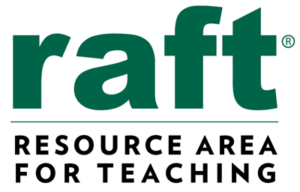CASE FOR HANDS-ON LEARNING
Bridging the Engagement Gap with Hands-On Teaching

Overview
The ongoing debate over the achievement gap in American schools has largely overlooked its underlying cause: the engagement gap.
Somewhere between kindergarten and the senior year of high school, many students lose their natural love of learning. Sadly, it is replaced by apathy and disaffection. As students struggle to connect with what they are being taught, they fall further behind and become more disconnected. The engagement gap has an even more profound negative impact on students who are coping with learning challenges.
Fortunately, simple and proven tools exist to close the engagement gap: hands-on activities rekindle a love of learning and connect abstract concepts to the real world — while achieving desired educational outcomes.
Hands-on instruction has a long and successful legacy in the sciences and math (Basista and Matthews; Bredderman; Haury and Rillero), and shows promise for teaching social studies, history, English and other subject areas. By using hands-on instruction, educators are fostering the 21st century skills that students need to be successful: critical thinking, communication, collaboration, and creativity. Hands-on activities encourage a lifelong love of learning and motivate students to explore and discover new things (Bass, et al.).
Educators need personalized support and specialized resources to get students engaged in learning. Resource Area For Teaching (RAFT) provides Idea Sheets, Activity Kits, and materials that help educators in every subject area and grade level bridge the engagement gap with hands-on teaching.
[button link=”http://www.raft.729solutions.com/public/pdfs/case-for-hands-on-learning.pdf”] Read More [/button]
